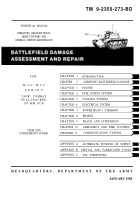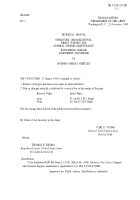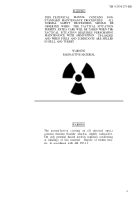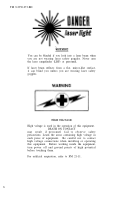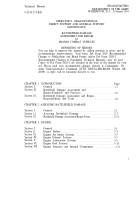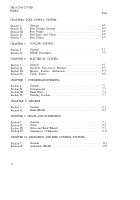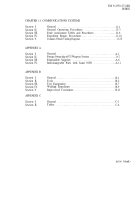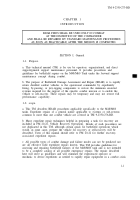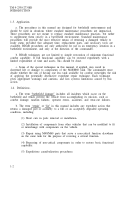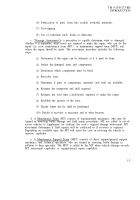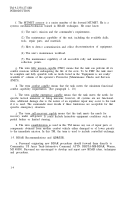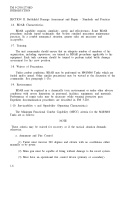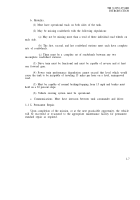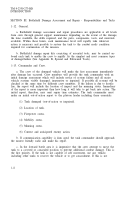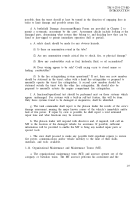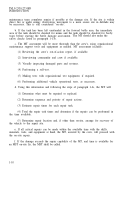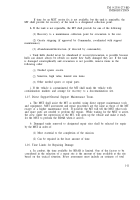TM-9-2350-273-BD - Page 11 of 288
TM 9-2350-273-BD
INTRODUCTION
1-3. Application.
a. The procedures in this manual are designed for battlefield environments and
should be used in situations where standard maintenance procedures are impractical.
These procedures are not meant to replace standard maintenance practices, but rather
to supplement them strictly in a battlefield environment. Standard maintenance
procedures will provide the most effective means of returning a damaged vehicle to
ready status provided that adequate time, replacement parts, and necessary tools are
available. BDAR procedures are only authorized for use in an emergency situation in a
battlefield environment, and only at the direction of the commander.
b. BDAR techniques are not limited to simple restoration of minimum functional
combat capability. If full functional capability can be restored expediently with a
limited expenditure of time and assets, this should be done.
c. Some of the special techniques in this manual, if applied, may result in
shortened life or damage to components of the M48/M60 tank. The commander must
decide whether the risk of having one less tank available for combat outweights the risk
of applying the potentially destructive expedient repair technique. Each technique
gives appropriate warnings and cautions, and lists systems limitations caused by this
action.
1-4. Definitions.
a. The term “battlefield damage” includes all incidents which occur on the
battlefield and which prevent the vehicle from accomplishing its mission, such as
combat damage, random failures, operator errors, accidents, and wear-out failures.
b. The term “repair’ or “fix" in this manual includes any expedient action that
returns a damaged part or assembly to a full or an acceptably degraded operating
condition, including:
(1) Short cuts in parts removal or installation.
(2) Installation of components from other vehicles that can be modified to fit
or interchange with components on the vehicle.
(3) Repair using M48/M60 parts that serve a non-critical function elsewhere
on the same tank for the purpose of restoring a critical function.
(4) Bypassing of non-critical components in order to restore basic functional
capability.
(5) Expeditious cannibalization procedures.
1-2
Back to Top

